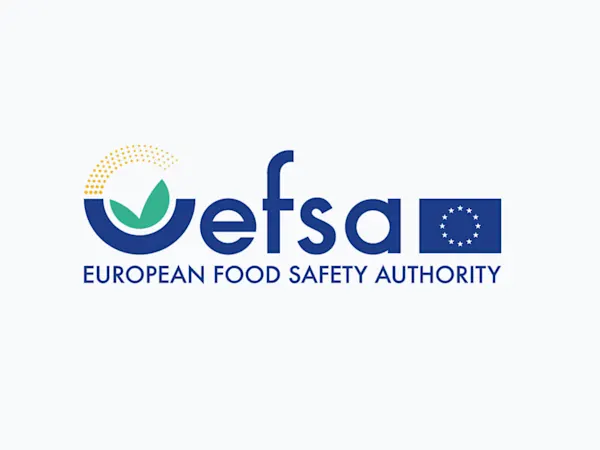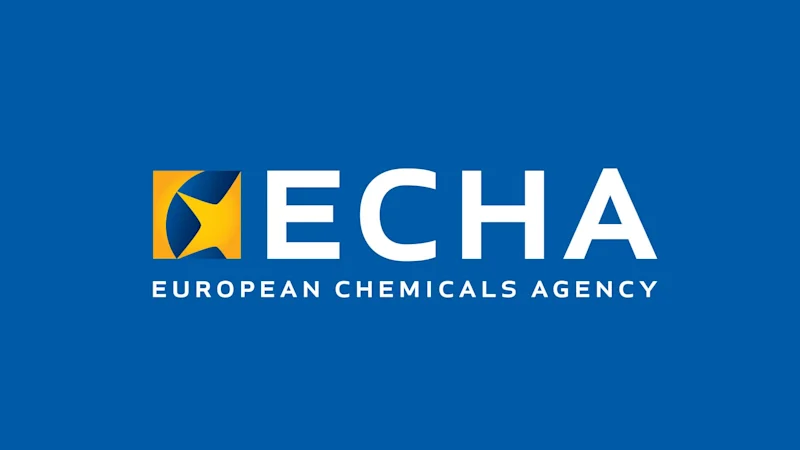
EFSA Seeks Feedback on Overhaul of Weight of Evidence and Biological Relevance Guidance
EFSA launches consultation on updating its Weight of Evidence and Biological Relevance guidance, aiming to streamline chemical risk assessment practices.


The European Chemicals Agency (ECHA) has issued an updated series of guidelines for the Classification, Labelling, and Packaging (CLP) Regulation (EC) No 1272/2008. This revision includes new hazard criteria, specifically addressing endocrine disruptors, persistent and bioaccumulative chemicals, and substances with enhanced environmental mobility. The guidance, developed in partnership with the European Food Safety Authority (EFSA) for endocrine disruptors, assists manufacturers, importers, and downstream users in meeting regulatory requirements to ensure chemical safety for human health and the environment.
The updated guidance document, published in November 2024, expands on hazard classification criteria under the CLP Regulation. The revised criteria include:
To improve usability, the CLP guidance is now divided into five separate parts, covering general principles, physical hazards, health hazards, and environmental and additional hazards. Each section offers practical examples, decision-making flowcharts, and classification scenarios for both substances and mixtures. The parts are designed to help stakeholders quickly identify relevant criteria, enhancing compliance with the EU’s CLP requirements.
With the introduction of these new classifications, companies handling chemicals within the EU are urged to consult this latest guidance thoroughly to update safety data sheets (SDS), labels, and other hazard communication materials. Non-compliance may lead to regulatory actions, including recalls and sanctions. ECHA recommends that companies review the updated guidance before the regulation’s application deadlines to ensure full alignment with the revised standards.
Foresight continuously tracks 1000s of sources and maps updates to your portfolio:




EFSA launches consultation on updating its Weight of Evidence and Biological Relevance guidance, aiming to streamline chemical risk assessment practices.

The Netherlands refines its list of potential ZZS chemicals to better align with EU assessments, boosting early detection and regulatory foresight.

Germany's CONMAR-Impact study sets new environmental quality standards for TNT in marine ecosystems, raising industry-wide compliance questions.
Subscribe to Foresight Weekly and get the latest insights on regulatory changes affecting chemical compliance.
Free forever. Unsubscribe anytime.
Read by professionals at